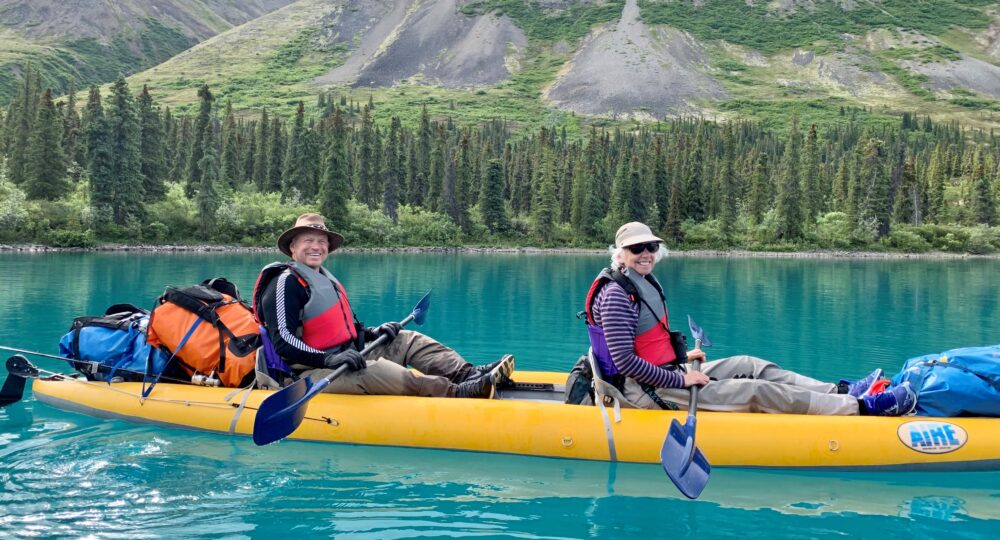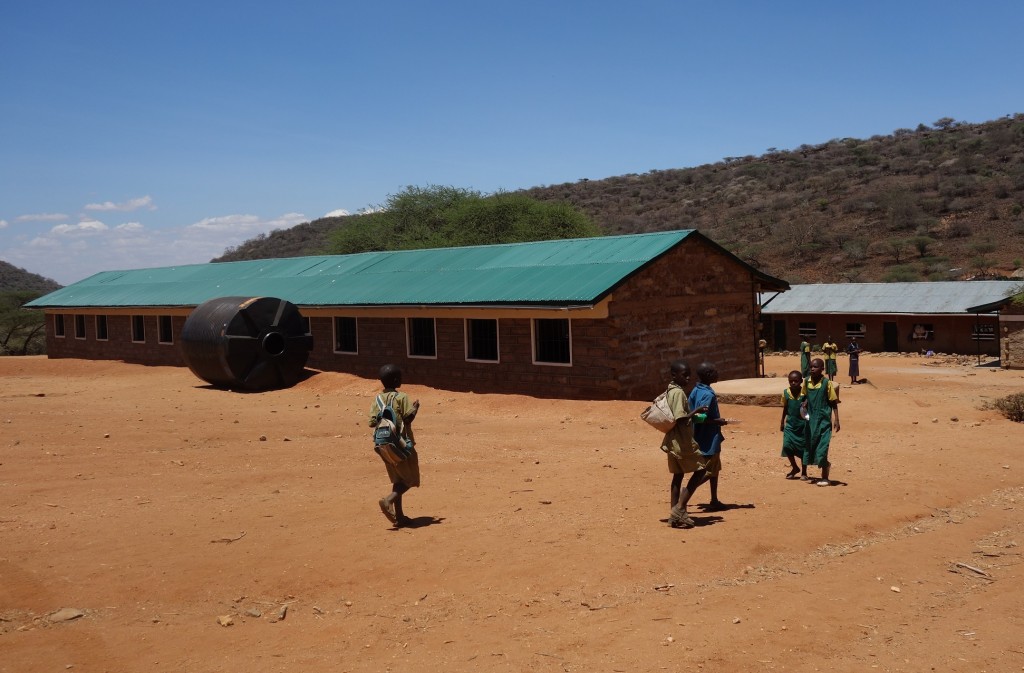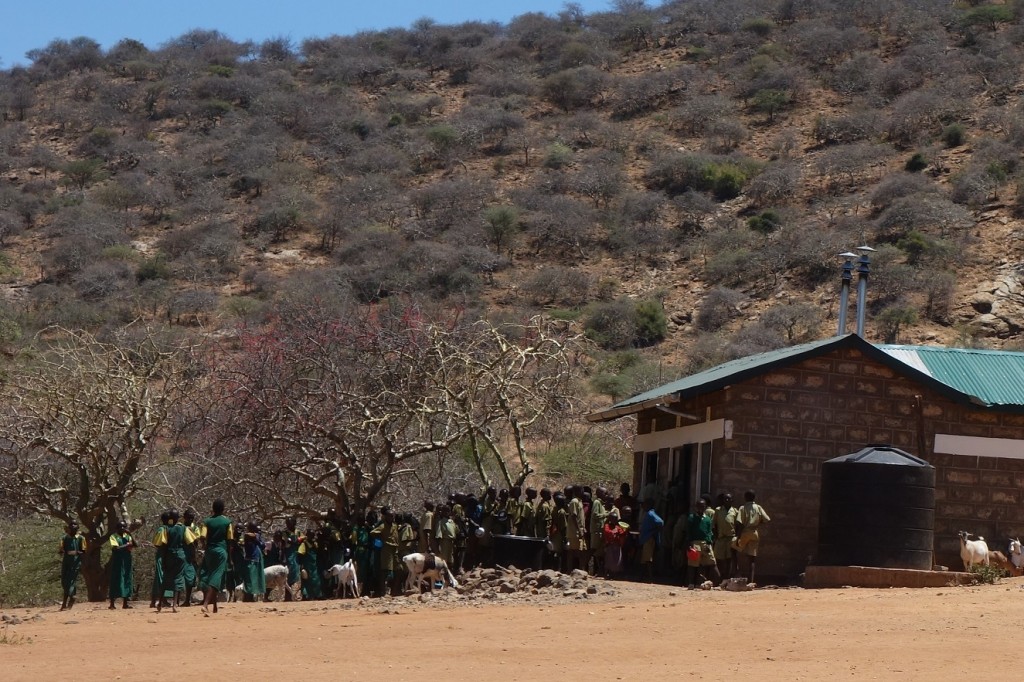Yesterday, I visited the Laparua and N’Talaban primary schools. I am trying to find out about the lives of the teachers and students in the schools; how effective the schools are; how they are financed; what it would be like to work or learn in that environment; special challenges in teaching in pastoralist regions and how the Lewa Conservancy Education programs impact the schools. The N’Talaban school was the most remote I have visited to date.
N’Talaban has eleven teachers. Two of the teachers grew up in the community and returned there to teach. The other nine have homes and families elsewhere but live at the school during the week. They stay in two small buildings, one for men and one for women. There are five rooms all together, each about 8×10 feet in size. Three men live together in one room, two in another and two women in a third. The two female teachers who have children each have a private room.
The teachers must be at the school from Monday morning to Friday evening. They can go home on weekends. Getting home, though, is a problem. It is a long way. Fortnightly (every two weeks) Lewa sends a truck for them after school on Friday, takes them to the main road and then picks them up and returns them on Sunday evening.
Because the teachers cook their own meals, when they return they must bring enough food to last 13 days. Lacking refrigeration, perishable items, (meat, greens, etc…) are eaten in the first few days. During the last ten days, their diet is Githeri (maize and beans seasoned with salt and onions) or rice.
The teachers’ workday starts at 7:00 am and goes until 5:00 pm with a couple of hours break. For this they earn between 20,000 and 30,000 KES (Kenyan Shillings), about $230 – $460 USD per month.
When I was leaving N’Talaban on Friday, four teachers asked for a ride. My Toyota Land Cruiser is more comfortable than the hard seats in the back of a Lewa truck. As an experiment, I stuck my camera out the side window and snapped pictures as I drove. I’ve put a sequence together as a video of the first hour of the trip. From where I stopped the video, I drove them another ½ hour on dirt roads to Lewa’s Matunda Gate where I dropped them off. They had at least another ½ – 1 hour to go in a matatu (crowded minibus) to get home. From beginning to end, their trip usually takes more than three hours.
The top video is high resolution.
Low Resolution.



Wow, the teachers are really dedicated. Amazining……..
This reminds me of the school on the Ssesse Islands in Uganda. The young teachers did not like the isolation and were looking for a way out. Unfortunately we were not of any help.
Talking to the teachers I drove to Matunda gate, they said that they were among the poorest paid of government workers, but they might after teaching a while get a job at a higher level in the government. Also, Kenya has a 30% unemployment rate and there are limited opportunities for college grads(as well as everyone else) and there were lots of trained teachers around so any job was better than none. And they seemed dedicated.
I’ve heard that some teachers in remote areas only show up sporadically. staying in town, collecting their checks and visiting the school once a week or so. I haven’t seen that myself though.
Hi John and Anne,
Keep up the posts. We might not be commenting much, but we’re reading them. I am part of a group negotiating with the Aga Khan Development Network to work with them to create STEM-focused schools. If it comes through we’ll be working with schools in Tanzania and probably Tajikistan. The first year would be just what you’re doing–figuring out the current situation, where they want to go, and all the multitude of constraints. It also might get me to Kenya to visit.
The AKDN works in Kenya also. Do you hear anything about them?
Marion